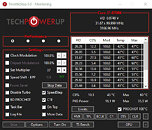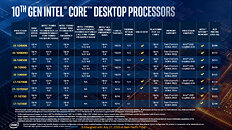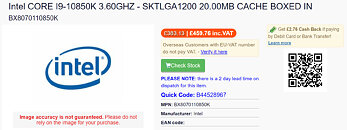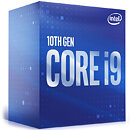
TechPowerUp ThrottleStop 9.3 Released
TechPowerUp today released the latest version of ThrottleStop by Kevin Glynn, a handy utility that lets you take greater control over the power-management features of your processor, so you can prevent it from unnecessarily throttling. This is particularly useful with notebooks that have aggressive CPU throttling. With the latest version 9.3, ThrottleStop introduces support for Core i9-10900K and i9-10850K processors, including a new Turbo Group access window.
The Turbo Power Limit controls have been updated with a toggle that lets you disable TPL control, along with the ability to clear TPL Lock options. The ThrottleStop Bench and C-State windows have been updated for 10th Gen Core processors. Other improvements include limit reasons for 10th and 11th Gen Core processors, improved access to Windows internal power plans, access to the PROCHOT offset variable, AVX offset control for Unlocked K-series processors, reporting and logging of Thermal Velocity Boost and Vmax stress. Several other UI changes were made. Grab ThrottleStop 9.3 from the link below.
DOWNLOAD: TechPowerUp ThrottleStop 9.3 by Kevin GlynnThe change-log follows.
The Turbo Power Limit controls have been updated with a toggle that lets you disable TPL control, along with the ability to clear TPL Lock options. The ThrottleStop Bench and C-State windows have been updated for 10th Gen Core processors. Other improvements include limit reasons for 10th and 11th Gen Core processors, improved access to Windows internal power plans, access to the PROCHOT offset variable, AVX offset control for Unlocked K-series processors, reporting and logging of Thermal Velocity Boost and Vmax stress. Several other UI changes were made. Grab ThrottleStop 9.3 from the link below.
DOWNLOAD: TechPowerUp ThrottleStop 9.3 by Kevin GlynnThe change-log follows.





